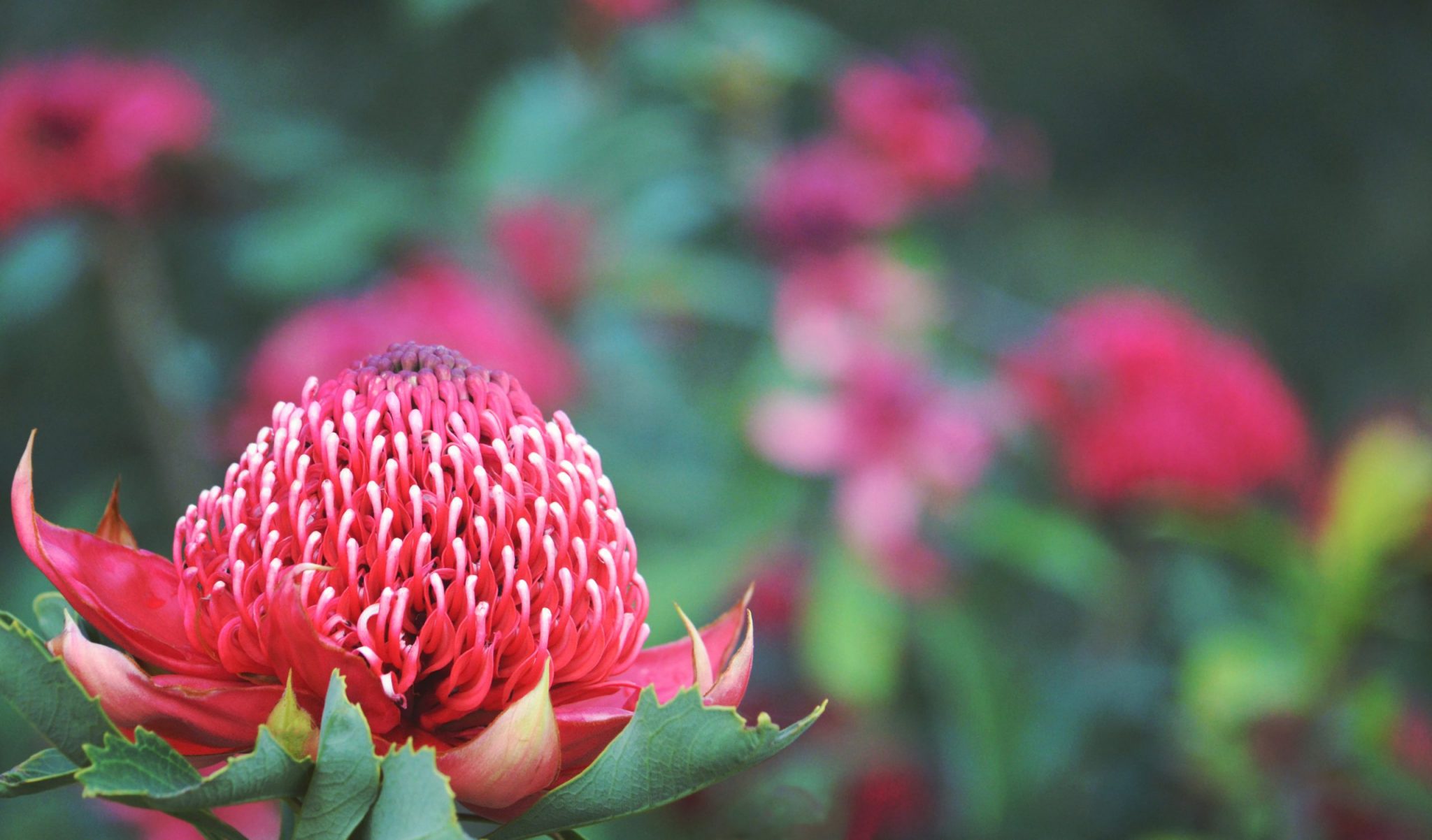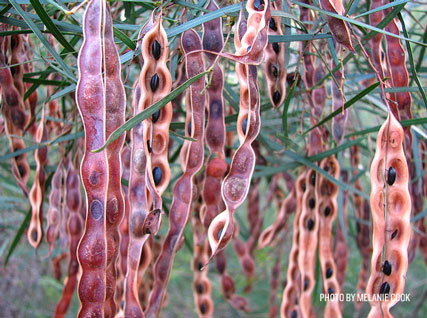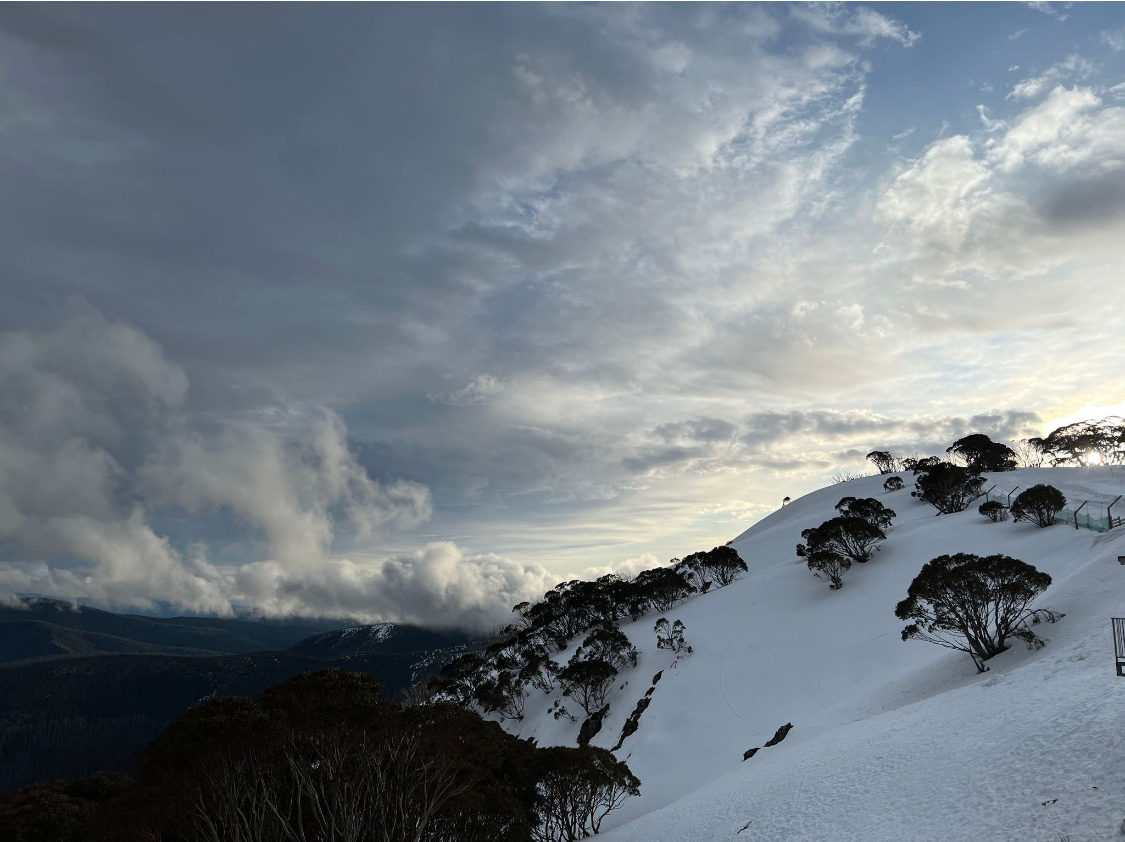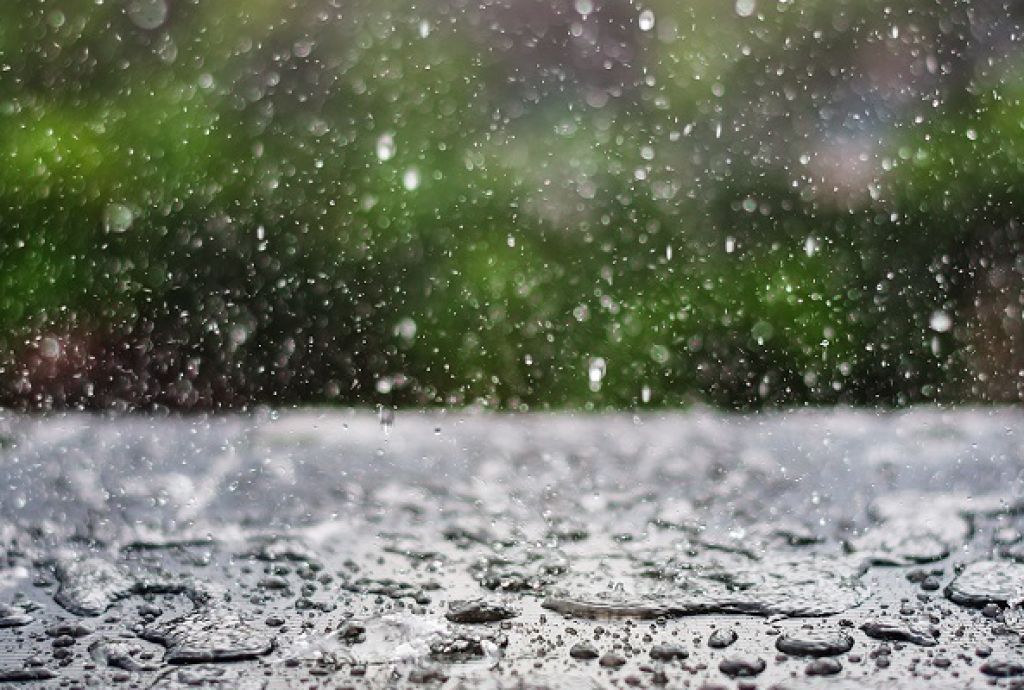Sometimes while on your wanderings you may have come across a plant that intrigues you enough that you want to know more about it. If you’re lucky, you may have a biologist by your side to help you answer the following questions:
- Is it a native?
- What’s its name?
- Could I get one for my garden?
- Does it have any practical uses?
I remember a biology classes at Melbourne State College, where we had to collect 50 specimens (foliage and flowers) of native plants, press them between 2 heavy books before sticking them down onto paper and trying to classify them using a badly photocopied Plant ID booklet. It was a massive undertaking, and years later all that work was lost when I ended up burning the lot because it went mouldy and nasty.
Nowadays, short of having that biologist by your side, if you have a phone in your back pocket, you can identify most of the plants while on your walk.
We’ve gone looking for the best plant apps to help identify the plants you come across and narrowed it down to 5 (plus one specifically for Eucalypts).
Here’s our top 5!
PlantNet. iOS and Android. FREE. The aim of this app is primarily to identify wild plants growing in parks and gardens around the world. Image details focus on aspects such as flowers, leaves, fruit and trunk. The app provides the Family, Genus, Species, Common Names and Uses of the plant. PlantNet also has a lovely citizen science component.
PictureThis. iOS and Android. FREE. The PictureThis app is another photo ID app option. The app is easy to use and includes information other apps do not include, such as care guides for plants, cleaning plants, repotting, pruning for blossoms and fruits, tips on identifying weeds and more.
PlantSnap. iOS and Android. FREE and Premium $39.95. It is a photo identification app and also has a search function for plants you have already identified. The app claims to be able to recognise 90% of known species of plants and trees worldwide, with over 600,000 plants in the searchable database and over 150 million images to help with verifying the identification. Also includes mushrooms, cacti and succulents.
Plant Identification Australia. Not strictly an App. FREE. This is a Facebook group that uses member’s knowledge to help identify the plant photos that come in. The plants don’t have to be Australian, but they need to be photos taken in Australia. A great community that is kept in check and on topic by the administration team.
PlantIn. iOS and Android. $19.99/month. PlantIn is an identification app that ramps up precise plant identifier with a comprehensive package of plant care features. PlantIn can identify more than 17 000 species of trees, succulents, cacti, and flowers from a single photo. On top of image ID, PlantIn provides users with individual care plans for each of their plants, allows them to identify and treat diseases, and offers urgent help from a team of professional.
Plus EUCLID Eucalypts of Australia. iOS and Andriod. $19.99. This app comes from the team behind Eucalypt Australia, a charitable trust that awards grants to support the conservation, education and research of eucalypts. This app is a great help, but you do need to work your way through a series of questions about bark, leaves, flowers and buds.

There is definitely a place for plant identification apps in your walks. We found those above most reliable. And so, which one do we use? We’ve been using PlantNet for a while, and it’s pretty good. But we also use Plant Identification Australia as we like the idea of a community to help identify the native trees, shrubs, wildflowers and grasses we find on our walks.
Written by Colleen Filippa with help from Landscape Association Australia
Colleen is the Founder and Director of Fifteen Trees. With a background in Environmental Science, Colleen has been running Fifteen Trees since 2009. She has forgotten most of those plants she identified back in her uni days and is now making good use of her plant ID app. When she is really needs to be totally accurate, she can always consult VicFlora, a guide to Victoria’s native flora. This on-line guide, runs you through a series of alternatives before eventually tracking down your species. The benefit of this guide, is a full description, distribution map and images at the end of your journey. Oh, and a high level of authority and reliability.


